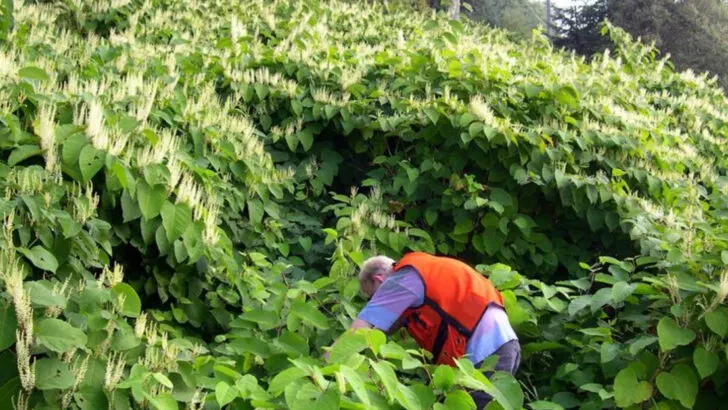You water. You prune. You fertilize. But still—your plants are struggling. If this sounds familiar, the issue might not be what you’re doing… but what’s already lurking in your yard.
From seemingly innocent décor to common soil contaminants and unnoticed microclimates, there are hidden elements in American backyards that quietly sabotage plant health. You might not see it happening, but your plants definitely feel it.
This isn’t about starting from scratch—it’s about seeing your space differently. Let’s uncover the small, fixable problems that could be costing you a thriving garden without you even realizing it.
Compacted Soil
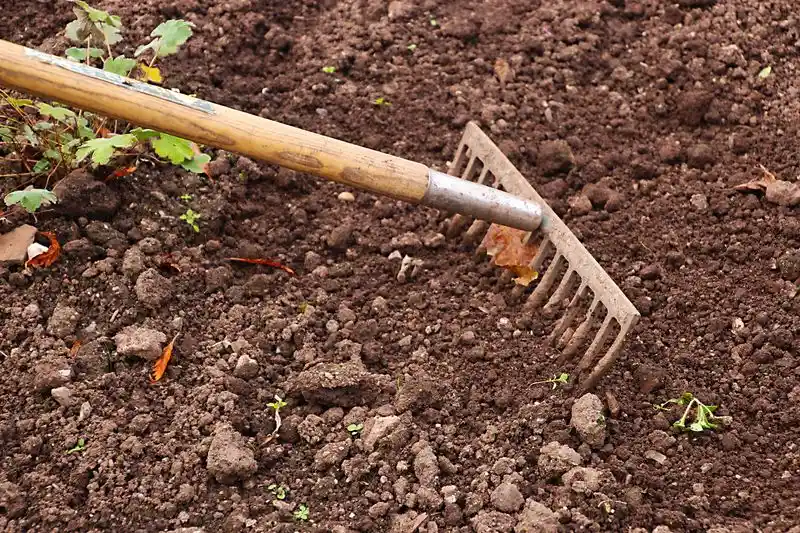
Compacted soil acts like a parking lot for your plants. Roots struggle to penetrate this dense barrier, leading to stunted growth. You might notice water pooling or running off rather than soaking into the ground. Regular aeration can help loosen the soil. Adding organic matter such as compost can also improve its structure. Keep an eye out for any signs of stress in your plants, such as wilting or yellowing leaves. By addressing soil compaction, you give your plants room to breathe and thrive. It’s a simple fix with a big impact.
Overwatering
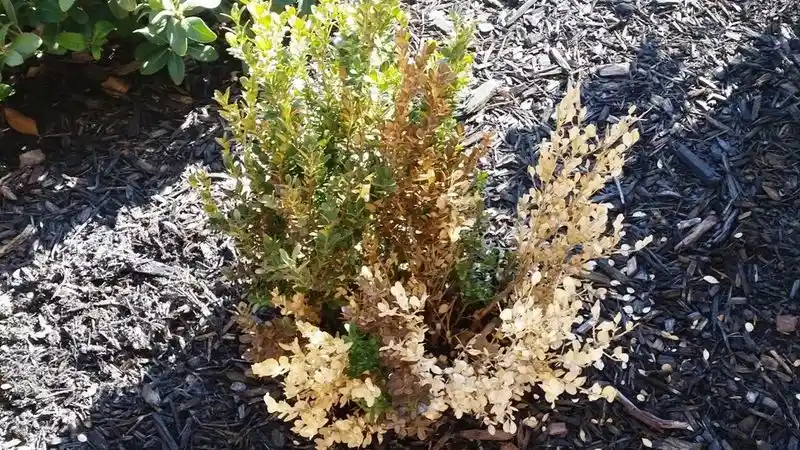
Drowning plants with too much love? Overwatering suffocates roots, depriving them of the oxygen they need. The signs are often subtle: yellow leaves, root rot, and an unhealthy-looking plant. It’s vital to assess the water needs of each plant type. Some prefer a drink only when the soil is dry to the touch. Consider using a moisture meter to guide your watering schedule. Don’t let a simple mistake cost you the beauty of your garden. Practicing mindful watering can prevent this silent killer.
Pests
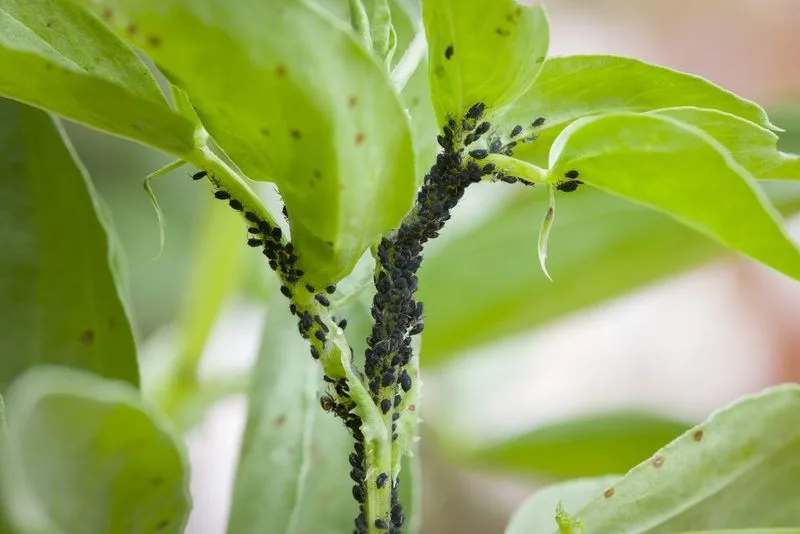
Tiny creatures can wreak havoc on your plants. Aphids, slugs, and caterpillars are just a few of the usual suspects. Infestations might not be obvious at first. Check for holes in leaves, sticky residue, or distorted growth. Natural pest control methods can be effective. Introduce beneficial insects like ladybugs or use organic sprays. Regularly inspecting your garden helps catch these intruders early. Remember, a healthy plant is less likely to fall victim. Keep your garden pest-free to ensure flourishing foliage.
Weeds
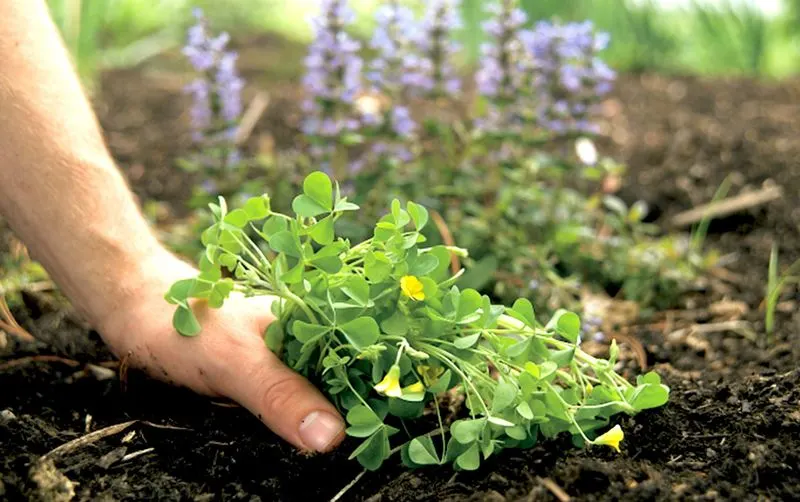
Weeds are the uninvited guests stealing resources from your plants. They compete for sunlight, water, and nutrients, leaving your garden less vibrant. Regular weeding can help maintain balance. Mulching not only suppresses weeds but retains soil moisture. Be vigilant in your efforts, especially after rainfall, when weeds sprout rapidly. It’s a constant battle, but one that pays off in healthier, happier plants. Consider native ground covers as an alternative to keep weeds at bay. Maintaining a weed-free garden can make all the difference.
Improper Pruning
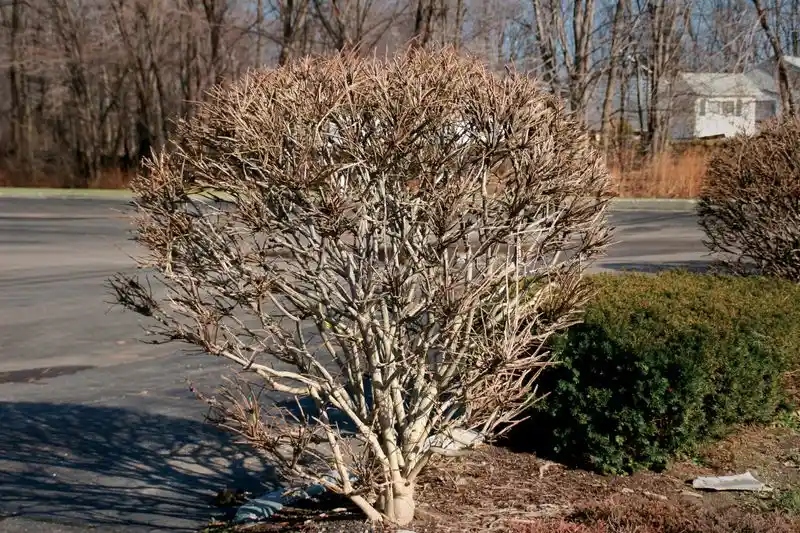
Pruning is an art, and when done incorrectly, it can harm rather than help. Cutting too much or at the wrong time leaves plants vulnerable to disease and stress. Observe the natural growth pattern before making any cuts. Sharp, clean tools prevent ragged wounds. Timing is crucial; some plants prefer a trim in dormant seasons. Proper technique encourages healthy growth and blooms. It’s more than just snipping away; it’s crafting a masterpiece. By mastering pruning, your garden will thank you with robust, resilient plants.
Chemical Runoff
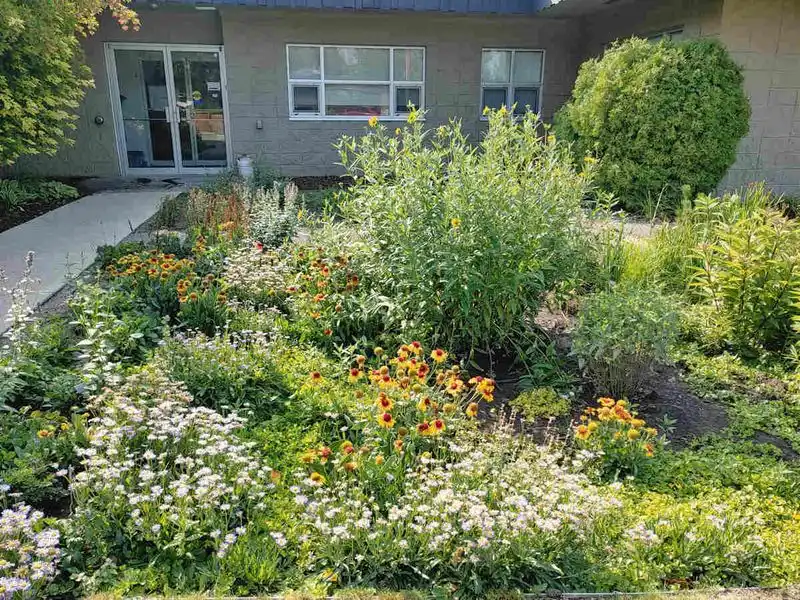
The unintended consequences of chemical use can poison your plants. Fertilizers and pesticides, when overused, lead to toxic runoff. This pollution harms beneficial organisms in the soil. Opt for organic alternatives and apply sparingly. Be mindful of nearby water sources that may carry chemicals further. Testing your soil regularly can help you adjust your practices. Awareness and moderation are key to preventing chemical damage. By nurturing the soil naturally, you foster a healthier environment for your plants. Sustainable gardening is a smart choice.
Invasive Species
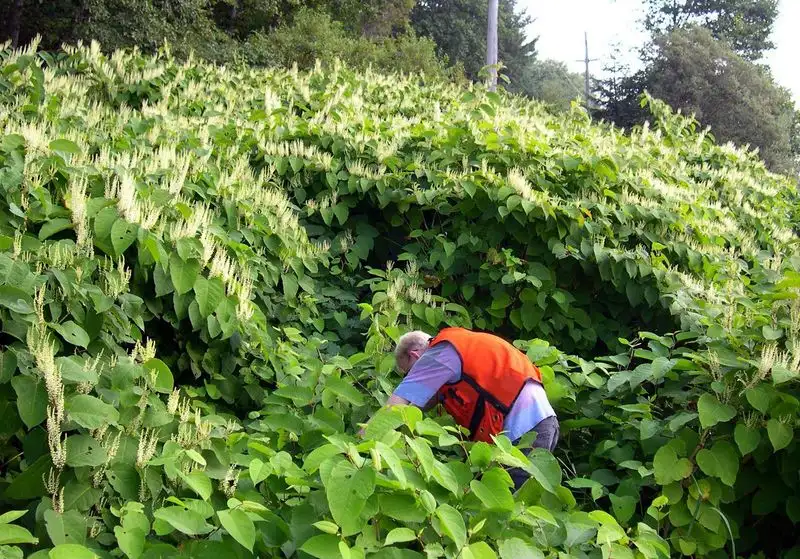
Invasive species are the bullies of the plant world. Once they take root, they spread aggressively, outcompeting your garden’s inhabitants. Identifying these intruders early is essential. Manual removal may be time-consuming but is often necessary. Familiarize yourself with local invasive species. Consider native plantings that coexist harmoniously. Your garden’s diversity is its strength; protect it by limiting invasive threats. Encouraging biodiversity can help maintain ecological balance. It’s about preserving the natural order, ensuring your plants a fair fight.
Shade
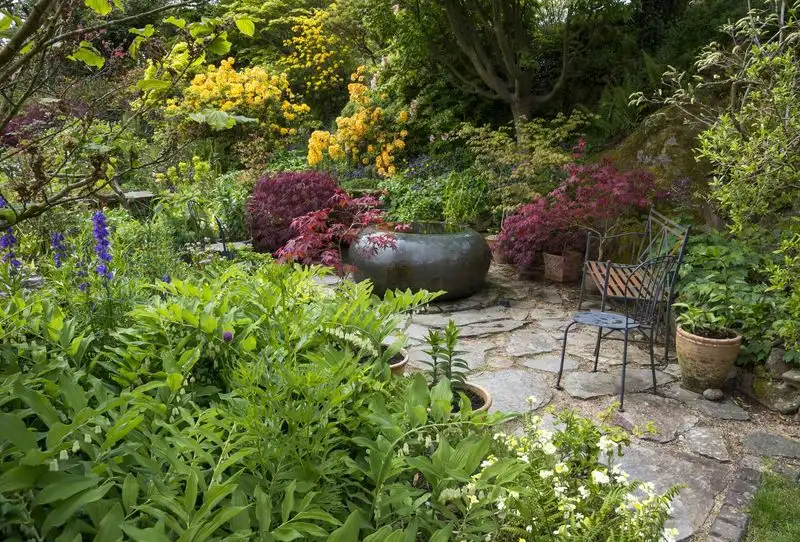
Too much shade can leave plants yearning for sunlight. While some thrive in low light, many cannot photosynthesize effectively without adequate sun. Observe which areas receive the most light and plant accordingly. You may need to trim overhanging branches or relocate sun-loving plants. Shade-tolerant species can be a great addition to dim corners. Balancing light exposure is key to a vibrant garden. Understanding your yard’s microclimates allows for better plant placement and growth. A strategic approach ensures all your plants get their time in the sun.
Soil pH Imbalance
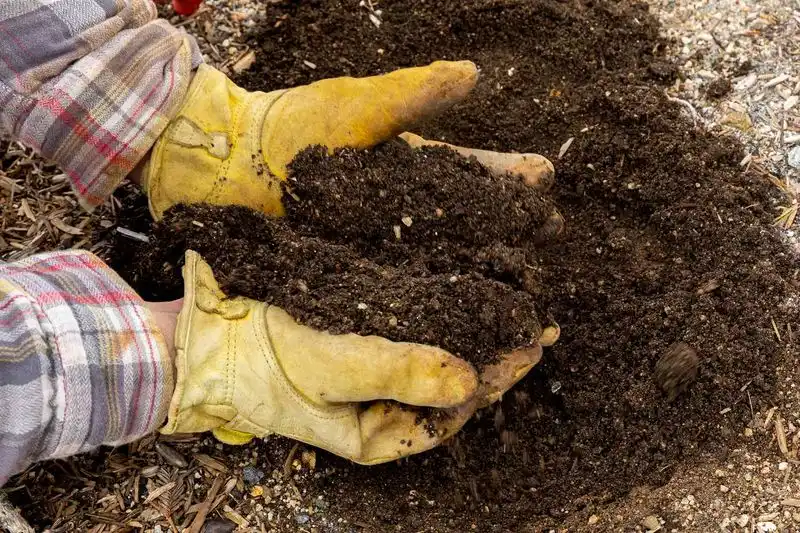
Soil pH is the invisible influencer of plant health. Too acidic or alkaline, and plants struggle to absorb nutrients. Test kits are readily available and easy to use. Adjusting pH can be as simple as adding lime or sulfur, depending on your soil’s needs. Different plants have specific pH preferences; knowing these can make all the difference. Regular monitoring ensures your garden’s soil remains optimal. It’s a detail often overlooked, yet crucial for lush growth. Fine-tuning soil pH is like setting the stage for a thriving performance.
Nutrient Deficiency
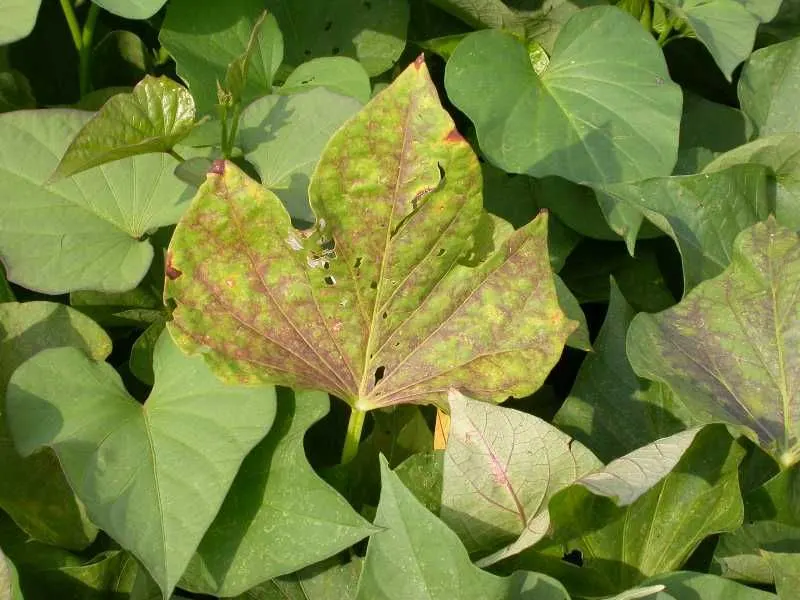
Nutrient deficiencies manifest in various forms, from yellowing leaves to stunted growth. Each nutrient tells a different story. Iron deficiency might cause pale leaves, while lack of nitrogen can stunt growth. Soil testing reveals what’s missing. Amend the soil with specific fertilizers or nutrient-rich compost. Foliar sprays offer a quick fix for urgent issues. Observing your plants closely can prevent minor deficiencies from becoming major problems. Knowledge is power in the garden; understanding nutrient needs leads to healthier plants. Keep your garden’s diet balanced for success.
Wind Damage
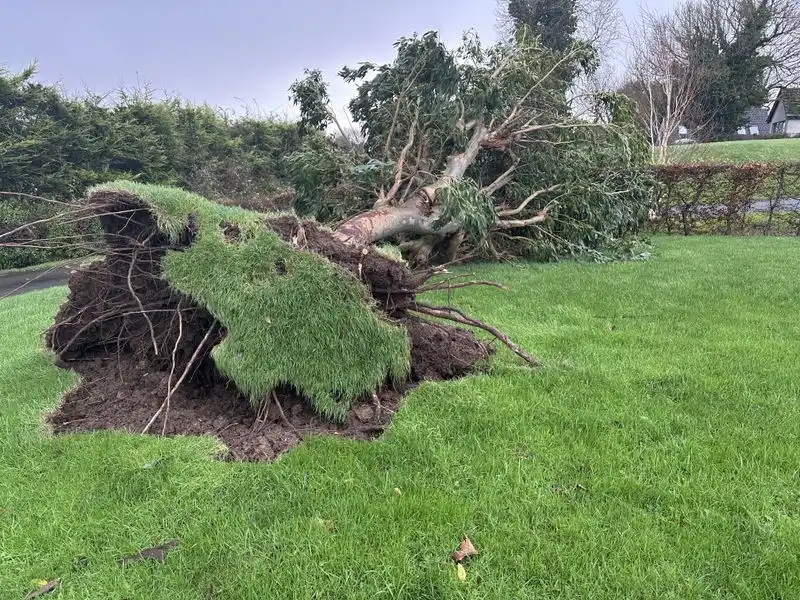
The wind can be a relentless force, snapping branches and uprooting delicate plants. Strategic planting can create natural windbreaks. Use hedges or fencing to shield vulnerable areas. Staking young or fragile plants offers additional support. Observe wind patterns to inform your layout. Reducing wind exposure helps maintain structural integrity. This silent adversary requires thoughtful planning. By fortifying against wind, you protect your garden’s vitality. It’s about creating a sanctuary where plants can flourish untouched by harsh gusts. Safeguarding your garden is an investment in resilience.
Excessive Fertilizer
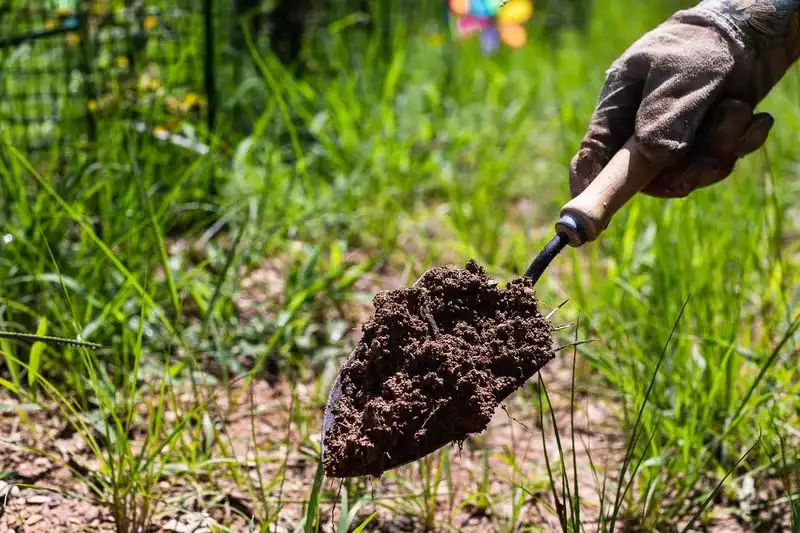
Too much of a good thing can lead to trouble. Excessive fertilizer burns roots and disrupts plant growth. Recognizing the warning signs, like leaf scorch, is crucial. Less is often more; start with small applications. Slow-release fertilizers provide steady nourishment without overwhelming the plant. Monitor plant response and adjust as needed. Your garden will thrive on a balanced diet. Understanding the specific needs of each plant ensures proper care. Avoiding the temptation to overfeed pays dividends. A mindful approach to fertilization paves the way for healthy, robust growth.
Seasonal Changes
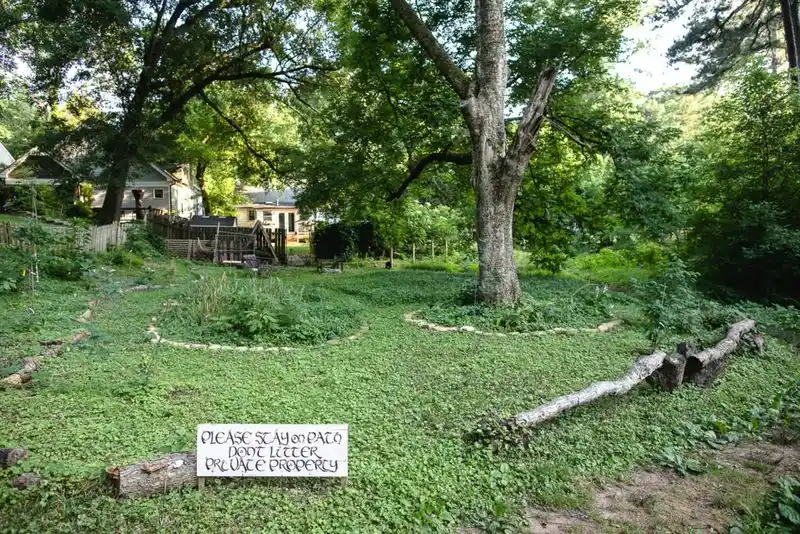
Shifts in temperature and daylight can stress plants unprepared for change. Some plants need a gradual transition to weather new seasons comfortably. Protect sensitive species with covers or bring pots indoors. Adjust your care routine with the seasons. This includes watering, feeding, and pruning. Understanding each plant’s seasonal needs ensures ongoing vitality. Anticipating seasonal shifts allow for proactive measures. It’s about harmonizing with nature’s rhythms. Your garden’s resilience is a testament to thoughtful planning. Prepare for change, and your plants will reward you with enduring beauty.
Pet Traffic

Pets might be adorable, but their playful antics can wreak havoc on gardens. Worn paths and trampled plants bear witness to their adventures. Creating designated play areas helps minimize damage. Training pets to avoid garden beds is also effective. Consider fencing or barriers to protect vulnerable areas. Your garden and pets can coexist with a little compromise. A pet-friendly landscape preserves beauty and functionality. By setting boundaries, you ensure both your plants and furry friends thrive. Balancing their presence with your gardening goals can lead to harmony.

